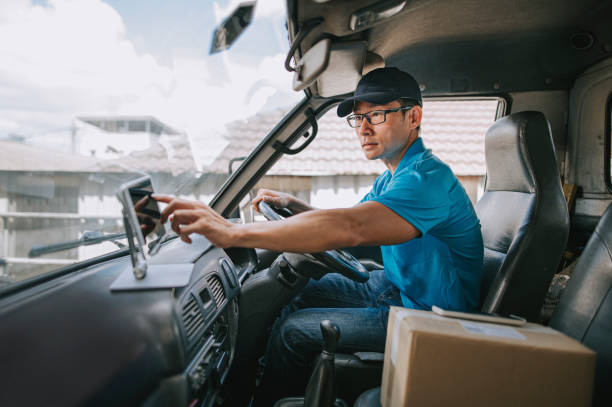Safety Checklist for Long-Distance and Last-Mile Travel
A practical safety checklist helps travelers prepare for both long-distance journeys and last-mile transfers. This overview highlights planning, on-route precautions, and accessibility factors to reduce risk across aviation, rail, road, and local transit segments.

Long-distance and last-mile travel combine different modes, schedules, and environments. Whether you are crossing countries by aviation, rail, or road, or completing the final leg via transit, rideshare, or walking, a focused safety checklist improves resilience and confidence. This article outlines planning steps, in-transit precautions, and accessibility and sustainability considerations to help you manage itineraries, fare changes, connections, layovers, and navigation challenges.
Mobility and itineraries
A clear itinerary is the backbone of safe travel. Record contact details, planned routes, expected arrival times, and any alternate connections. For long-distance legs, confirm tickets and seat assignments and note luggage rules for aviation and rail. For last-mile mobility, identify local services for transit, rideshare, or shuttle options in your area and save driver or operator information. Share your itinerary with a trusted contact and set check-in times. Keep digital copies of bookings and paper backups in case of device failure or limited connectivity.
Transit choices: aviation, rail, and road
Different transport modes present unique safety considerations. Aviation requires attention to security screening, carry-on rules, and boarding procedures; be mindful of layover durations and international connection requirements. Rail travel benefits from early boarding and awareness of platform changes and track announcements. On long road trips, check vehicle maintenance, plan rest breaks to avoid fatigue, and confirm roadside assistance coverage. For all modes, monitor real-time alerts for delays, cancellations, and service advisories that could affect connections or overnight plans.
Last-mile options and rideshare
Last-mile segments often require quick decisions in unfamiliar places. Prioritize licensed local transit, public shuttles, or recognized rideshare platforms that provide driver details and route tracking. Verify vehicle details and driver identity before entering rideshare vehicles; share trip status with a contact. If walking, choose well-lit, populated routes and use safe navigation apps that highlight pedestrian-friendly paths. For bike or scooter sharing, inspect equipment before use and wear appropriate safety gear. Plan for payment methods and small fare variations that may arise during short journeys.
Navigation, connections, and layovers
Good navigation reduces stress and safety risks. Use offline maps and set up preferred navigation apps that include public transit schedules and alternate route options. For itineraries with layovers, allow buffer times for security, customs, or transfer between terminals or stations. Understand local connection procedures—some airports and stations require additional security checks or shuttle transfers between terminals. Keep essentials like medication, documents, and a phone charger in carry-on or last-mile bags to avoid problems during unexpected delays or missed connections.
Logistics, shipping, and accessibility
When transporting goods or coordinating logistics during travel, verify shipping rules for restricted items and insurance coverage for high-value items. If you rely on shipping to move luggage or equipment between long-distance endpoints, confirm pick-up and drop-off timelines and local pickup locations in your area. Consider accessibility needs: pre-book assistance for mobility-impaired travelers on aviation and rail, and request curb-to-gate help when available. Ensure hotels, transit stops, and last-mile providers can accommodate mobility devices or service animals and allow extra time for boarding and transfers when needed.
Sustainability and fare considerations
Balance safety with sustainability and cost awareness when selecting routes and providers. Choosing low-emission transit options or consolidating luggage can reduce environmental impact, but always weigh these choices against safety and convenience. Be aware of fare policies across transit systems and rideshare providers; keep small amounts of local currency and digital payment options. Note that fares can change with peak times, congestion pricing, or special service fees. Adjust your itinerary if fare changes affect your planned connections or if cheaper alternate routes introduce unacceptable safety or timing risks.
A practical safety checklist for long-distance and last-mile travel combines pre-trip planning, informed mode choices, secure last-mile decisions, reliable navigation, logistics coordination, and awareness of accessibility and fare dynamics. Applying these checks across aviation, rail, road, shipping, and local transit segments helps reduce risk and keeps itineraries resilient when unexpected changes occur.





